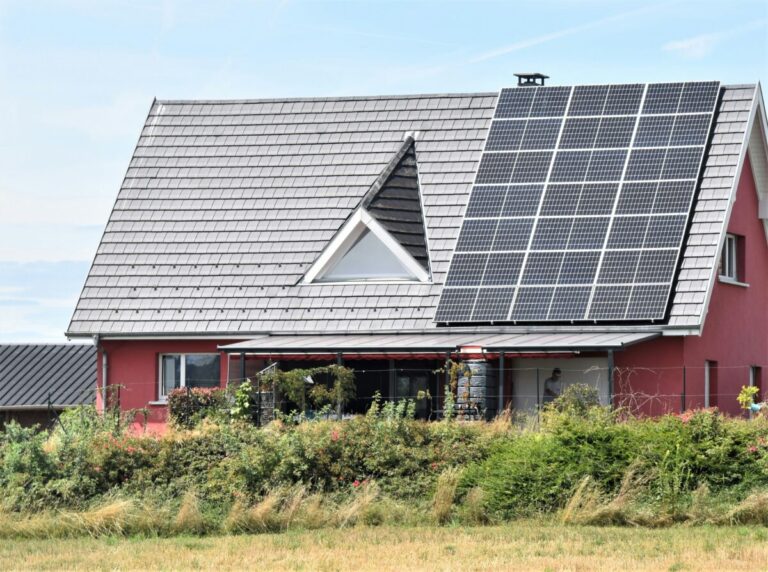The Australian Energy Market Commission (AEMC) has released a final decision to allow virtual power plants (VPPs) to compete directly with large-scale generators in the energy market, expected to launch in 2027.
The AEMC has released a final decision making this possible VPPs to compete directly with large-scale producers in the Australian energy market, to the benefit of all consumers through significant cost savings, lower emissions and better energy prices.
The reforms will create efficiencies by allowing VPPs and commercial and industrial demand response and aggregated batteries to compete directly with traditional power plants.
Currently, there is no mechanism for the market to predict how these resources will respond to daily price fluctuations and the lack of insight creates operational challenges for the Australian Energy Market Operator (AEMO) and could lead to costly system operations.
These problems are increasing as the rollout of batteries and electric vehicles accelerates.
AEMC chair Anna Collyer said the rule improves market efficiency by creating new opportunities for both energy suppliers and users to participate in ways that were not possible before.
“The reform is like giving the electricity system a pair of glasses: suddenly it can see and respond to the actions of retailers and customers that were previously invisible,” Collyer said.
The reforms create a new ‘dispatch mode’ that allows retailers to offer these resources to the wholesale electricity market.
“Whether it’s data centers shifting computer load, manufacturers using backup generators, commercial chillers or residential batteries as virtual power plants, retailers can now offer these resources to our wholesale market,” Collyer said.
The Commission’s modeling shows that if these funds participate, it could deliver AUD834 million ($517 million) in cost savings between 2027 and 2050 through more efficient market functioning.
The reforms include an AUD50 million incentive scheme for early entrants.
“This improved visibility will lead to more efficient use of generation, lower system costs and lower energy prices for all consumers,” Collyer said. “While there are costs associated with encouraging early participation, the long-term benefits to consumers far outweigh these initial investments. It is a win-win situation that does not require a change in behavior, but only smarter market forces.”
The VPP shipping mode reform is the primary focus of the AEMC’s work program on integrating consumer energy sources into the wholesale electricity market.
The new framework will come into effect from May 2027, with stimulus measures from April 2026.
This content is copyrighted and may not be reused. If you would like to collaborate with us and reuse some of our content, please contact: editors@pv-magazine.com.


